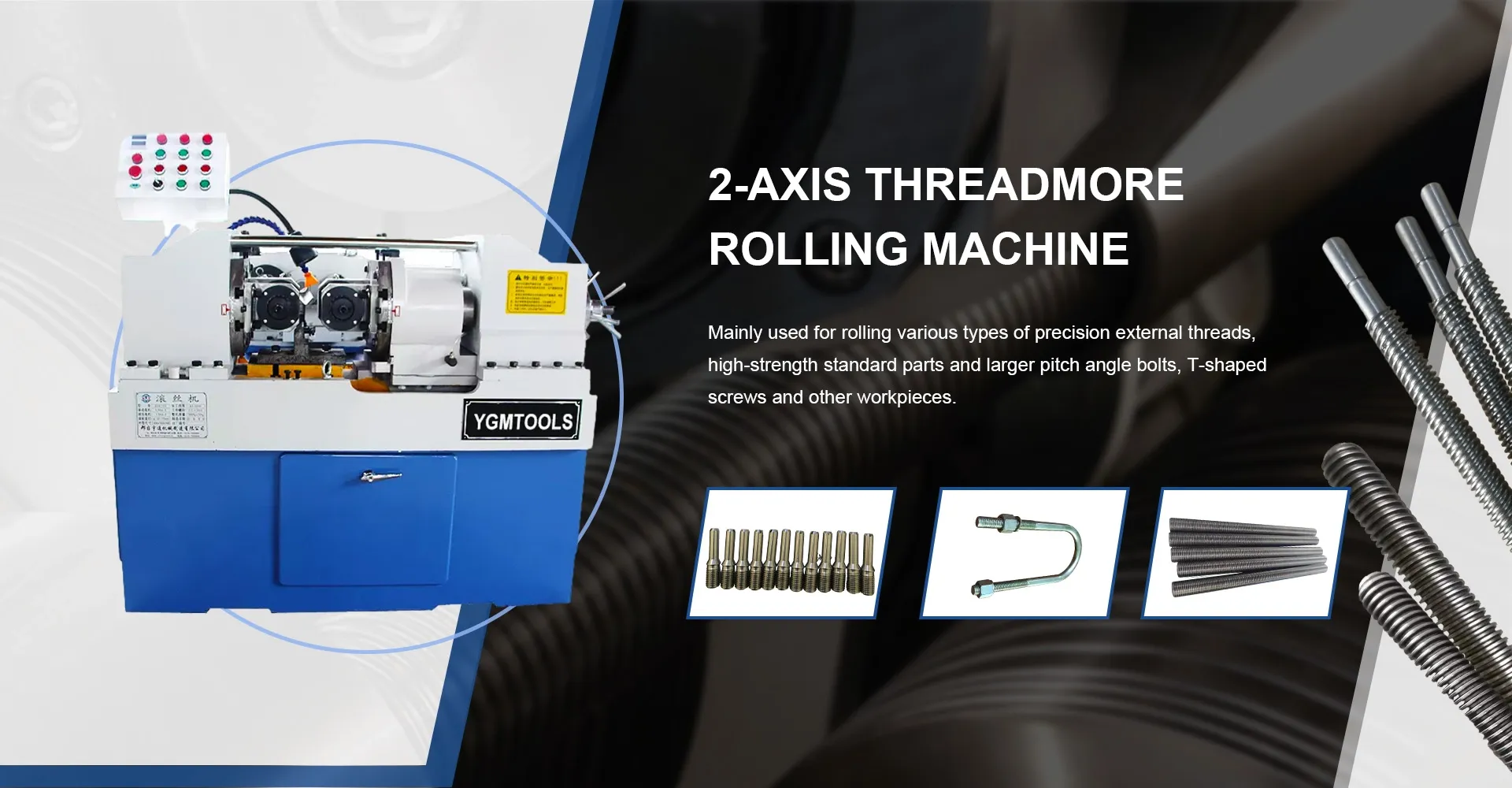
-
 Afrikaans
Afrikaans -
 Albanian
Albanian -
 Amharic
Amharic -
 Arabic
Arabic -
 Armenian
Armenian -
 Azerbaijani
Azerbaijani -
 Basque
Basque -
 Belarusian
Belarusian -
 Bengali
Bengali -
 Bosnian
Bosnian -
 Bulgarian
Bulgarian -
 Catalan
Catalan -
 Cebuano
Cebuano -
 Corsican
Corsican -
 Croatian
Croatian -
 Czech
Czech -
 Danish
Danish -
 Dutch
Dutch -
 English
English -
 Esperanto
Esperanto -
 Estonian
Estonian -
 Finnish
Finnish -
 French
French -
 Frisian
Frisian -
 Galician
Galician -
 Georgian
Georgian -
 German
German -
 Greek
Greek -
 Gujarati
Gujarati -
 Haitian Creole
Haitian Creole -
 hausa
hausa -
 hawaiian
hawaiian -
 Hebrew
Hebrew -
 Hindi
Hindi -
 Miao
Miao -
 Hungarian
Hungarian -
 Icelandic
Icelandic -
 igbo
igbo -
 Indonesian
Indonesian -
 irish
irish -
 Italian
Italian -
 Japanese
Japanese -
 Javanese
Javanese -
 Kannada
Kannada -
 kazakh
kazakh -
 Khmer
Khmer -
 Rwandese
Rwandese -
 Korean
Korean -
 Kurdish
Kurdish -
 Kyrgyz
Kyrgyz -
 Lao
Lao -
 Latin
Latin -
 Latvian
Latvian -
 Lithuanian
Lithuanian -
 Luxembourgish
Luxembourgish -
 Macedonian
Macedonian -
 Malgashi
Malgashi -
 Malay
Malay -
 Malayalam
Malayalam -
 Maltese
Maltese -
 Maori
Maori -
 Marathi
Marathi -
 Mongolian
Mongolian -
 Myanmar
Myanmar -
 Nepali
Nepali -
 Norwegian
Norwegian -
 Norwegian
Norwegian -
 Occitan
Occitan -
 Pashto
Pashto -
 Persian
Persian -
 Polish
Polish -
 Portuguese
Portuguese -
 Punjabi
Punjabi -
 Romanian
Romanian -
 Russian
Russian -
 Samoan
Samoan -
 Scottish Gaelic
Scottish Gaelic -
 Serbian
Serbian -
 Sesotho
Sesotho -
 Shona
Shona -
 Sindhi
Sindhi -
 Sinhala
Sinhala -
 Slovak
Slovak -
 Slovenian
Slovenian -
 Somali
Somali -
 Spanish
Spanish -
 Sundanese
Sundanese -
 Swahili
Swahili -
 Swedish
Swedish -
 Tagalog
Tagalog -
 Tajik
Tajik -
 Tamil
Tamil -
 Tatar
Tatar -
 Telugu
Telugu -
 Thai
Thai -
 Turkish
Turkish -
 Turkmen
Turkmen -
 Ukrainian
Ukrainian -
 Urdu
Urdu -
 Uighur
Uighur -
 Uzbek
Uzbek -
 Vietnamese
Vietnamese -
 Welsh
Welsh -
 Bantu
Bantu -
 Yiddish
Yiddish -
 Yoruba
Yoruba -
 Zulu
Zulu
Innovative Manufacturing Solutions in Thread Rolling Tool Production for Enhanced Industrial Applications
The Evolution of Thread Rolling Tool Factories
In the modern era of manufacturing, thread rolling has emerged as a crucial technique for producing high-quality threaded fasteners and components. A thread rolling tool factory plays a vital role in this process, providing the essential tools that enable manufacturers to create robust and precise threading on various materials. This article will explore the significance of thread rolling tool factories, their production processes, and the technological advancements shaping their operations.
Understanding Thread Rolling
Thread rolling is a cold-forming process in which a cylindrical workpiece is transformed into a threaded component by compressing it between two dies. This method imparts superior mechanical properties to the finished product, including enhanced strength due to the alignment of the material's fibers along the thread profile. The process is widely favored for its efficiency, reduced waste, and the ability to produce threads with tight tolerances compared to traditional cutting methods.
Significance of Thread Rolling Tool Factories
Thread rolling tool factories are instrumental in the manufacturing sector, catering to a wide range of industries including automotive, aerospace, and construction. These factories specialize in designing and producing thread rolling dies, also known as punches or tooling, which are essential for the thread rolling process. The quality of these tools directly influences the precision and durability of the threaded components produced.
A well-equipped thread rolling tool factory not only focuses on high-volume production but also emphasizes customization to meet diverse client specifications
. With the increasing demand for specialized threading, factories are leaning towards bespoke die designs, ensuring that they can accommodate different materials and threading requirements.Production Process
The production of thread rolling tools involves several key steps, starting from material selection to the final inspection of the dies. High-quality tool steel is often chosen for its hardness and wear resistance, ensuring that the dies can withstand the stresses of the rolling process.
Once the appropriate materials are selected, the manufacturing process typically involves the following stages
thread rolling tool factory

1. Design and Prototyping Utilizing Computer-Aided Design (CAD) software, engineers conceptualize the dies' geometries, optimizing for performance and efficiency. Prototypes may be created using advanced 3D printing technologies for initial testing and adjustments.
2. Machining and Heat Treatment The raw materials undergo precision machining, where they are cut and shaped into the desired forms. Heat treatment processes, such as quenching and tempering, enhance the hardness and durability of the dies.
3. Finishing and Coating After machining, the dies are subjected to finishing processes to achieve smooth surfaces and precise dimensions. Coatings may be applied to enhance wear resistance and reduce friction during the rolling process.
4. Quality Control Rigorous quality control measures are in place to ensure that each die meets industry standards. This may include dimensional checks, hardness testing, and surface finish inspections.
Technological Advancements
The thread rolling tool manufacturing landscape is rapidly evolving due to technological advancements. Automation and smart manufacturing techniques are becoming increasingly integrated into production processes, enhancing efficiency and reducing lead times. Moreover, the use of Artificial Intelligence (AI) and machine learning helps in predictive maintenance, ensuring machinery operates optimally and minimizing downtime.
Additionally, 3D printing technology is revolutionizing the prototyping phase, allowing manufacturers to rapidly iterate designs and test their functionality before full-scale production. As the industry moves towards Industry 4.0, data-driven insights will play a pivotal role in optimizing production processes and improving tool longevity.
Conclusion
Thread rolling tool factories are essential hubs for the production of precision threaded components, catering to a diverse range of industries. As manufacturing technology continues to evolve, these factories will play a critical role in meeting the demands for higher quality and more specialized threading solutions. With advancements in automation and design capabilities, the future of thread rolling tool production looks promising, ensuring that manufacturers can rely on robust tools to produce the components of tomorrow.
